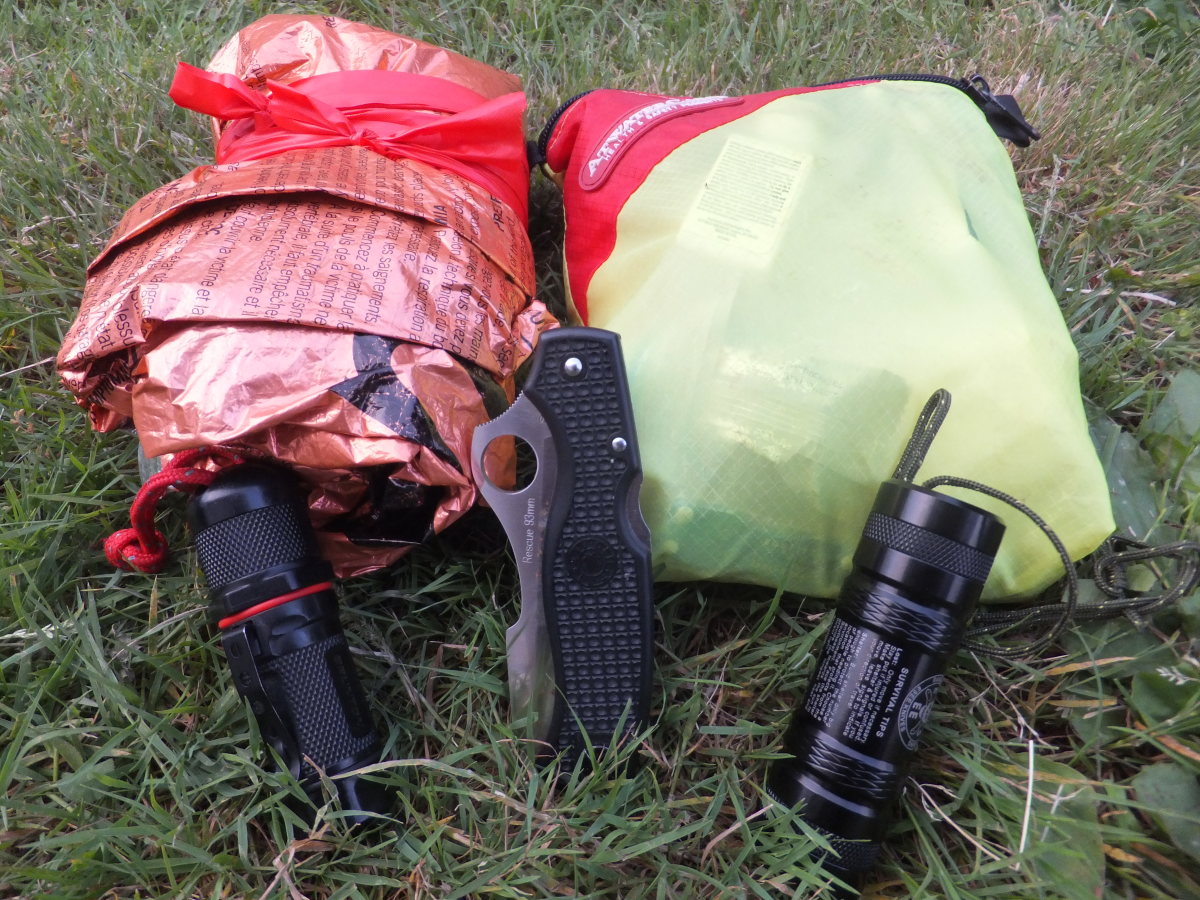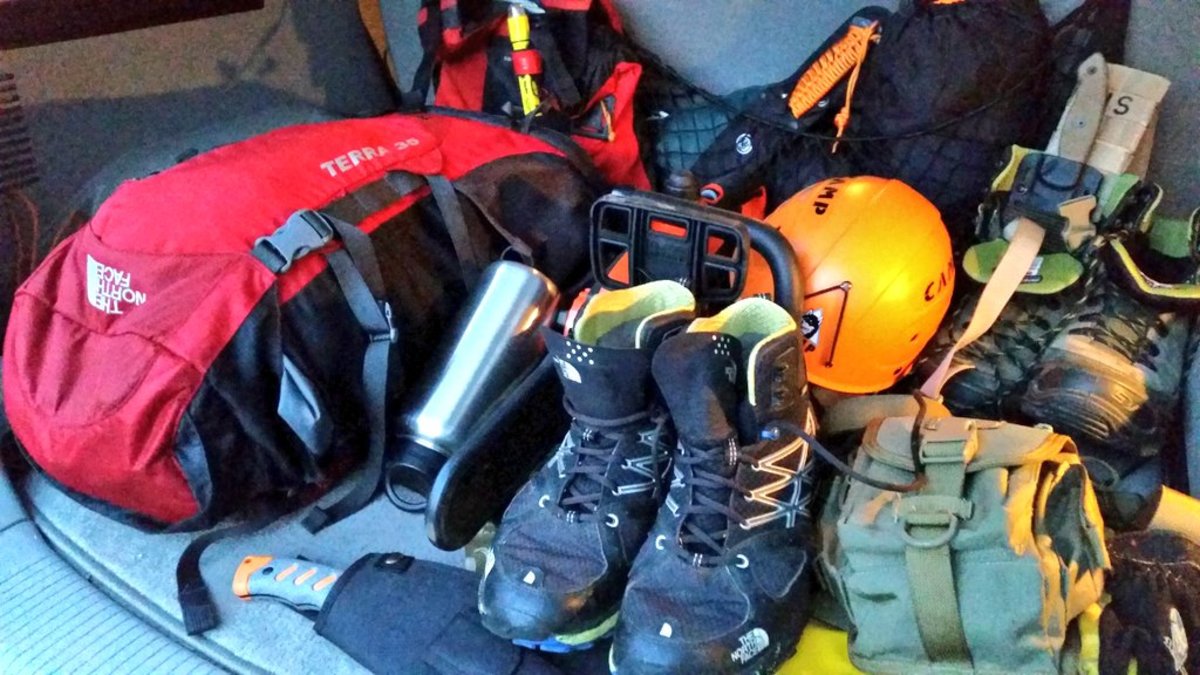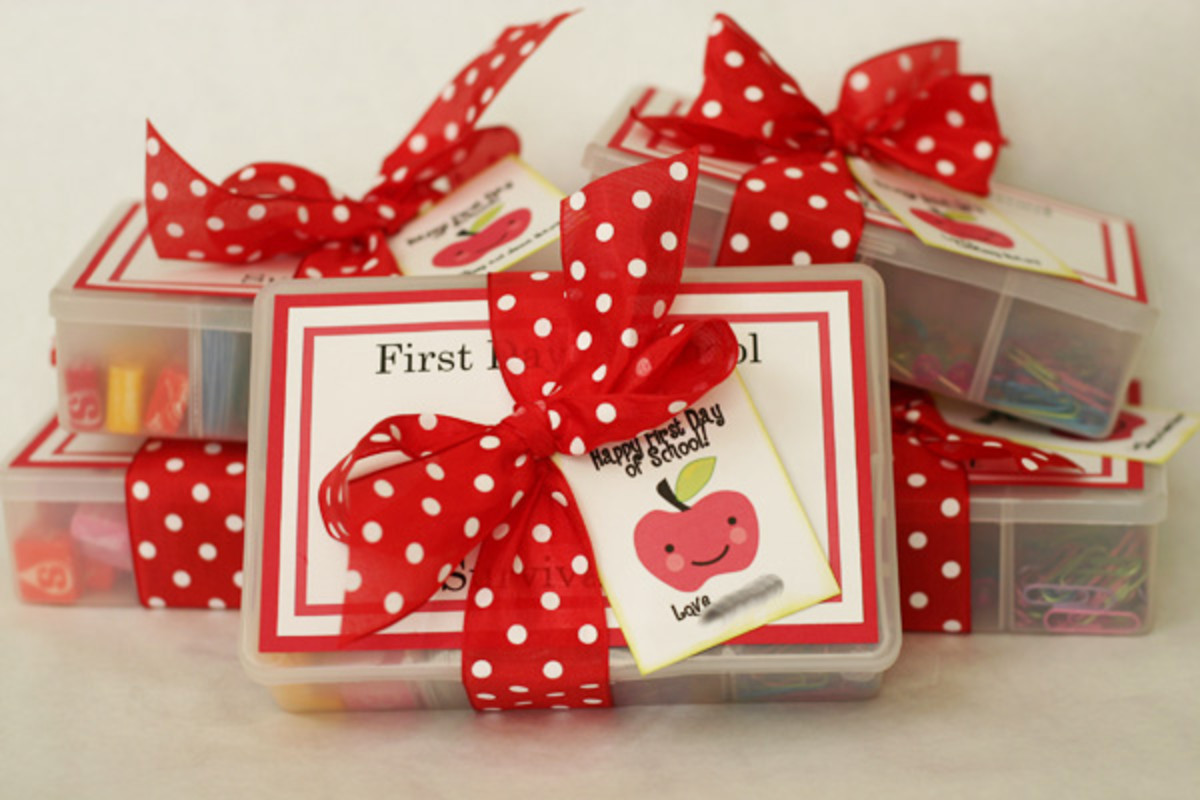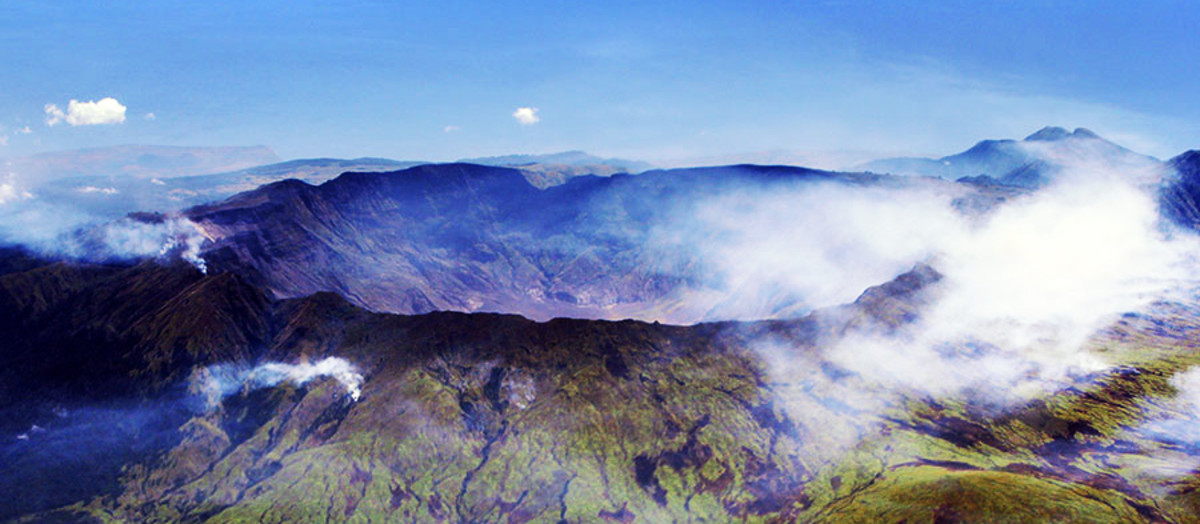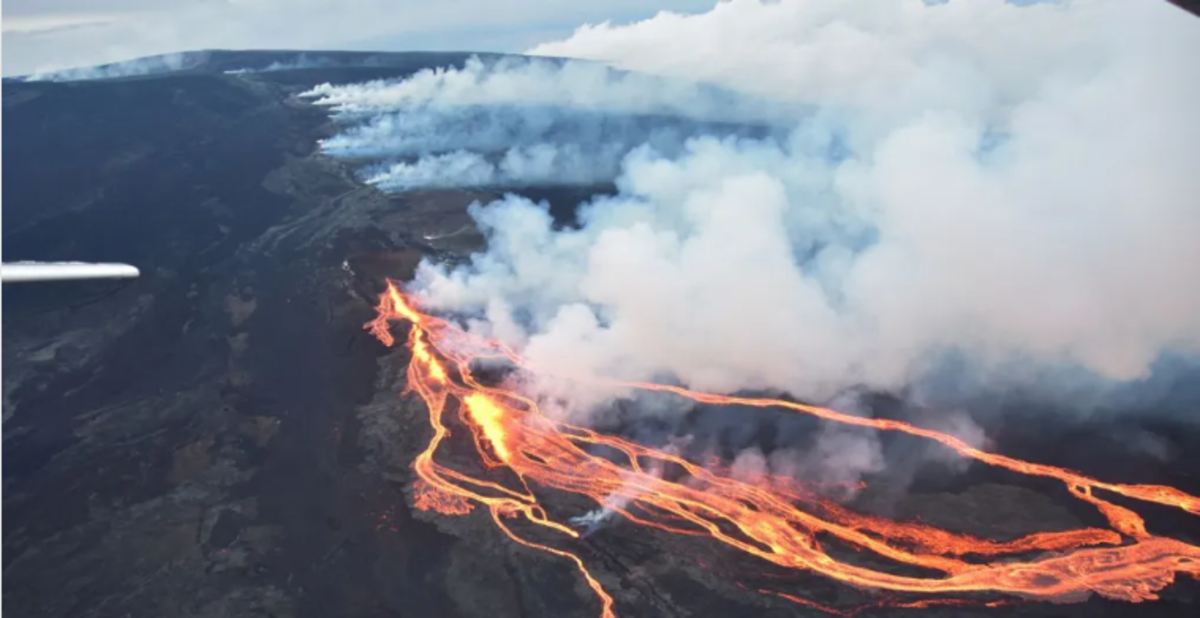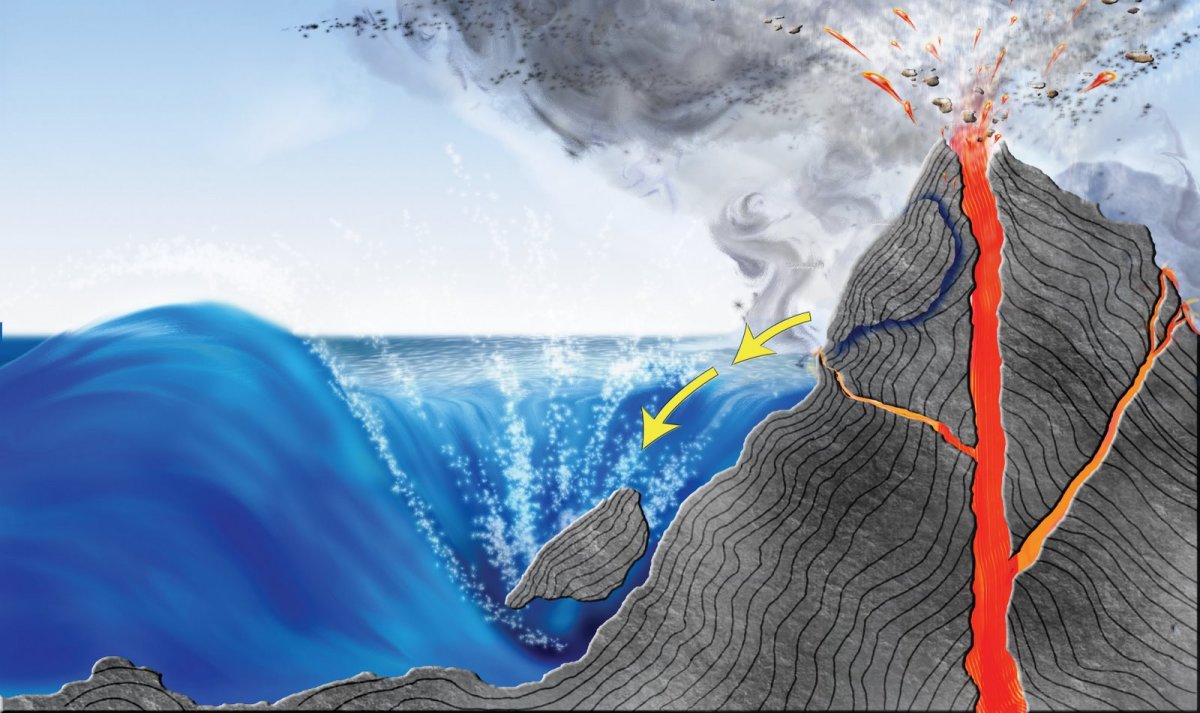Earthquake Survival Kit - What Items You Need To Have In Yours.
What happens in an earthquake?
Scary stuff. As scary as it gets. The ground moves, buildings fall, people get hurt, and chaos ensues. And then there's what comes afterwards...
You're going to lose things you take for granted: your water supply, electricity and gas, and easy access by road and rail to the rest of the country. Which is exactly why you need an earthquake survival kit.
Of course, the emergency services will be on the case straight away - or will they? Recent disasters like Hurricane Katrina have exposed the limits of the rescue services when faced with overwhelming events. And even assuming they can deal with what happens, how long will it take them to restore full operation to every place affected? It could be days before your water comes back on. It could be days - perhaps weeks - before you can drive down to the local shops to buy supplies. So what can you do in the meantime?
Earthquake damage
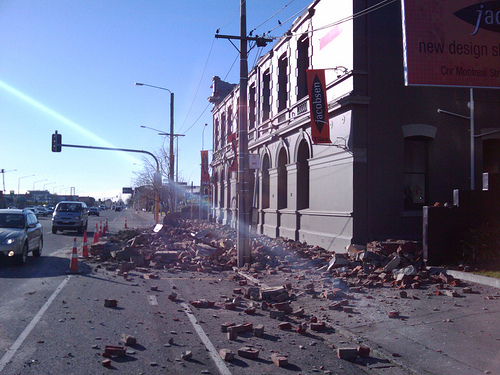
An earthquake could strike at any time.
Bear in mind that an earthquake could strike at any time, and there's no telling where you'll be when it happens. Whether you're at home or at work, or travelling between them, make sure you have access to your own earthquake survival kit. This article is going to help you decide just what you need for your earthquake kit, and takes a look at the options available.
How often does a major earthquake happen in the US?
How often does a major earthquake happen in the US? Often enough to make this a problem worth guarding against. If you live in an earthquake zone, such as the Pacific Northwest, California's San Andreas Fault, or Missouri's New Madrid, you probably already know that quakes can, and will, occur at any time. It's not a case of if it happens - it's a matter of when.
Yet despite this, a survey in the Bay Area found that only one in ten local people had a disaster plan in place, and less than half had stored food and water against the day.
Seismologists can estimate the rate of earthquake activity, but they can't as yet give accurate predictions as to when quakes will occur. The day might come sooner than you think. And the lives of your family could depend on choices you make now.
Earthquake survival gear on Amazon:

What emergency supplies do you need in your earthquake emergency kit?
Humans need water, shelter and food. And other things, but let's look at the basics first.
Assume the worst: your water supplies are shut off for three days or more. To maintain good health, allow one gallon of clean, drinkable water per person per day. That's actually quite a lot, and your emergency water supplies will need some storage space.
Bottled water is a good bet, but check the use by date on the bottles and rotate them as you would with any perishable supplies. As an alternative, buy some plastic containers, clean the inside thoroughly, and rinse out with a mild bleach solution. Then rinse them again before filling from the tap.
Shelter is the next necessity for your survival kit.
If your home is damaged, or aftershocks continue, to the point where it is unsafe to remain inside, you'll need basic shelter such as a tent. It doesn't have to be a top of the line arctic survival tent, but it does have to provide adequate shelter from the local weather. You're best placed to know what that's like in your area, and to buy accordingly.
The lack of basic comfort involved in outdoor life will come as a shock to most people. Which is where inflatable pillows and foam rubber mats will come in handy. Add blankets and sleeping bags as needed.
Ultimate Survival Get Out of Dodge BOB Bug Out Bag NOT the bare minimum 72 hour kit
Food supplies.
Food comes last. You need supplies that won't perish - remember that your refrigeration will probably not be working - and will provide the basic carbohydrates, protein and fats necessary for survival until shopping becomes possible again. Get cereals, peanut butter, canned goods, dried soups, all things that can be bought cheaply and stored long term. Go for high-calorie, nutrition-dense foods. Again, keep an eye on use-by dates and rotate stock in with your day to day supplies as you replace them.
Refrigerated supplies can last a while if you keep the fridge or freezer closed for as long as possible and do some basic triage with the more perishable items. It might be an idea to cook any raw meat and eat it as soon as you can.
If you're in any doubt about the safety of a food item - scrap it. Better to throw food away than deal with a bout of food poisoning at a time when medical attention might be hard to come by.
Cooking is a problem with electricity and gas supplies cut off, which is where a barbecue grill comes in. This might be the only way you can cook for a while. Keep an adequate supply of fuel, and have some lighters or matches handy.
Figure on providing enough food for everyone in your family - and yes, that includes the family pets - for at least three days. But it wouldn't hurt, if you've got the storage space, to keep supplies against longer periods without.
And make sure you've got at least two can openers, preferably different kinds. Murphy's Law says the butterfly handle type can opener will break the moment you need it most, so get one of the stabby ones too.
Staying in touch: phone and radio.
So much for the basics - but, as you've already worked out, you'll need more than this in your survival kit to ride out an earthquake emergency.
Staying in touch with the world requires at least one battery powered radio, with spare batteries. Two sets, preferably, kept in separate places. A spare radio with a wind up handle power supply is a good idea.
Phones, whether landlines or cell phones, will probably be out, but you should have a recharger handy for your cell, just in case.
Medical and hygiene supplies.
A first aid kit with bandages, plasters, wound dressings, disinfectant cream.
An emergency supply of whatever prescription drugs family members need.
Got babies? You need nappies and formula.
Tampons and sanitary towels.
Store some ordinary chlorine bleach with a medicine dropper. You can dilute it nine parts water to one part bleach, to use as a disinfectant. You can also use it to treat water with sixteen drops of household liquid bleach per gallon. Avoid the scented or coloured bleaches.
Water supply not working? Neither is your loo. Grisly as it is to contemplate, think about getting a commode and finding a way to contain and dispose of solid waste.
Toilet paper.
Toothpaste.
Soap.
Towels.
Wet wipes.
Hand sanitizing gel
Dust masks.
You might need these, too.
You'll need these things too:
A wrench, in case you need to shut off gas or water pipes. Make sure you know where the stop cocks are for both.
Minimum two flashlights, with spare batteries, in different places.
Spare blankets, spare clothes and shoes.
Cash stash: a wad of notes, not all big bills, and some loose change, just in case the pay phones are working.
A fire extinguisher.
Wear glasses? Make sure you have a spare pair.
Plastic sheeting and duct tape goes a long way to making an improvised shelter. Keep some of both handy - it might be all that keeps the rain off for a while.
Store some books and paper and pens, crossword puzzles and the like. Staring at cracked walls is not the best use of your time while you're waiting for things to get back to normal.
What, me worry?
Worrying about the worst that could happen is pointless. Being prepared for it is another matter. It's easy to maintain basic preparations against an earthquake and its aftermath. And it could save your life, or at least make the days after disaster easier to cope with.
What does it cost? Less than you think. Add some canned goods and dried soups to your regular weekly shop to build your emergency food supply. Keep a couple of storage points in safe, out of the way places in your home where you can store the things you'll need. Make sure the whole family knows and understands what these things are for, and make sure they respect the notion. Their life might depend on it.
Various manufacturers make ready to use earthquake survival kits. Cynics will point out that they tend to cost more than buying the items contained separately, but bear in mind the manufacturers have to make a profit and have to think about their margins. If you factor in the convenience of picking up ready made earthquake supplies, it might be worth your while to buy a survival kit. They make them for your home, your car, and your place of work.
A different approach is outlined in the video below, which offers a budget DIY ethos to building your own earthquake survival kit.


